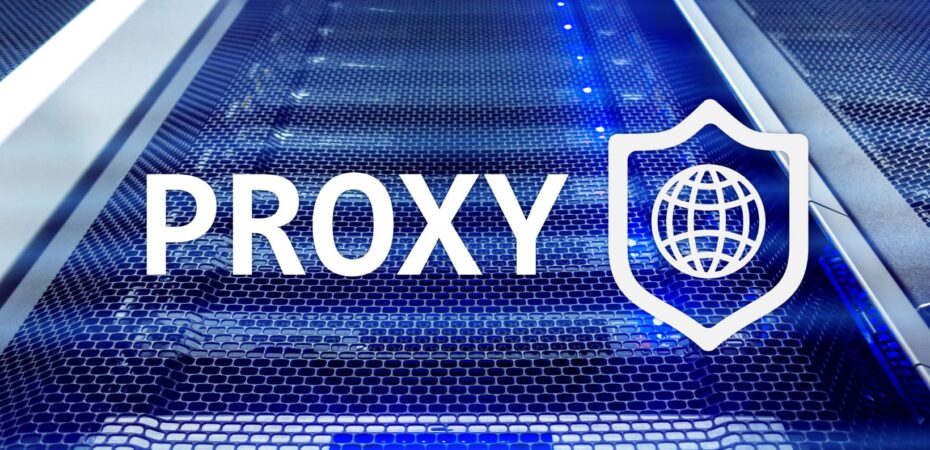In the world of large-scale web scraping, proxies serve as the backbone of reliable data collection. Without them, IP bans and rate-limiting mechanisms would quickly grind any operation to a halt. However, using proxies effectively is not just about quantity—it’s about quality. Poorly maintained or unverified proxies can introduce inefficiencies that drastically impact success rates, operational costs, and data accuracy. This is where proxy health checks come into play.
Without a robust system for assessing proxy quality, even the most well-architected scraping infrastructure can suffer from avoidable failures, wasted requests, and unexpected expenses. Let’s explore how improper proxy hygiene undermines scraping efficiency and why consistent proxy health monitoring is non-negotiable.
Why Proxy Health Checks Matter
Scraping at scale involves a dynamic network of rotating IPs, user agents, and request-handling mechanisms. Each of these proxies must be scrutinized for several performance indicators, including:
- Latency: Slow proxies increase request response times and can lead to timeouts, ultimately reducing throughput.
- Anonymity: Some proxies may expose original request headers or fail to mask the true IP address effectively.
- Geolocation Accuracy: Mismatched or misrepresented proxy locations can yield inaccurate results, especially for geo-sensitive data collection.
- Uptime and Reliability: Frequent connection drops or dead proxies lead to unnecessary retry attempts, wasting valuable bandwidth and processing power.
- Blacklist Status: If a proxy is flagged in major databases or frequently blocked by anti-bot measures, it is effectively useless for scraping operations.
A proxy checker ensures that only functional, high-quality proxies are used in any scraping pipeline, minimizing errors and maximizing data collection efficiency.
The Hidden Costs of Poor Proxy Hygiene
Organizations that neglect proxy health checks face a range of hidden costs that may not be immediately apparent. Some of the biggest inefficiencies include:
1. Increased Resource Consumption
A poorly performing proxy network can inflate operational costs in several ways.

Failed requests due to slow or blocked proxies lead to excessive retries, consuming extra bandwidth, server processing power, and storage. When scraping operations scale up, these inefficiencies compound exponentially.
2. Higher IP Ban Rates and Failed Scrapes
Using unverified or flagged proxies significantly increases the risk of IP bans. Websites employ sophisticated bot detection systems that track request patterns, latency anomalies, and known proxy IP lists. A failure to monitor proxy health results in scraping sessions being cut short prematurely.
3. Data Integrity Issues
Compromised proxies or unreliable exit nodes can distort the accuracy of collected data. A scraper retrieving location-based results, for instance, may end up with misleading outputs if the proxy’s geolocation is misrepresented. This is particularly critical for market research, pricing intelligence, and content aggregation.
4. Unnecessary Proxy Costs
Premium proxy providers charge based on bandwidth usage or the number of IPs utilized. If half of an organization’s proxy pool is underperforming or entirely non-functional, they’re effectively paying for redundant resources. Proactive monitoring ensures that only active, high-speed, and non-blacklisted proxies are in use.
Most Practices for Proxy Health Management
To maintain an efficient scraping operation, organizations should integrate structured proxy health assessments into their data pipelines. The following best practices can help:
1. Automate Proxy Testing Before Deployment
Before integrating new proxies into a scraping workflow, they should be validated through a proxy checker to test for response time, anonymity levels, and blacklist status. A tool like Ping Proxies’ Proxy Tester can automate this process, ensuring only high-quality proxies are deployed.
2. Continuous Monitoring and Rotation
Proxy quality can degrade over time due to ISP restrictions, subnet blacklisting, or general overuse. Implementing a real-time monitoring system ensures that low-performing proxies are automatically rotated out before they compromise scraping efficiency.
3. IP Diversity and Smart Rotation Strategies
Avoid relying on a small pool of proxies or a single subnet.

Diversifying across multiple providers and geographical regions reduces the likelihood of detection and bans. Additionally, smart rotation algorithms should ensure that request frequency remains natural.
4. Failover Mechanisms
If a proxy fails mid-operation, an automatic failover system should redirect traffic to the next best available proxy. This prevents scraping jobs from stalling and minimizes downtime.
Efficient web scraping isn’t just about extracting data—it’s about doing so in a way that is scalable, cost-effective, and resilient to countermeasures. Poor proxy hygiene can introduce unnecessary inefficiencies, inflating costs and reducing success rates. By implementing robust proxy health checks and leveraging proxy checker tools, organizations can ensure that their scraping infrastructure remains fast, reliable, and undetectable.
Neglecting proxy quality is no longer an option in today’s sophisticated anti-bot landscape. Prioritizing proxy health is a small but crucial step that determines whether a scraping operation thrives or struggles.


 By
By 




